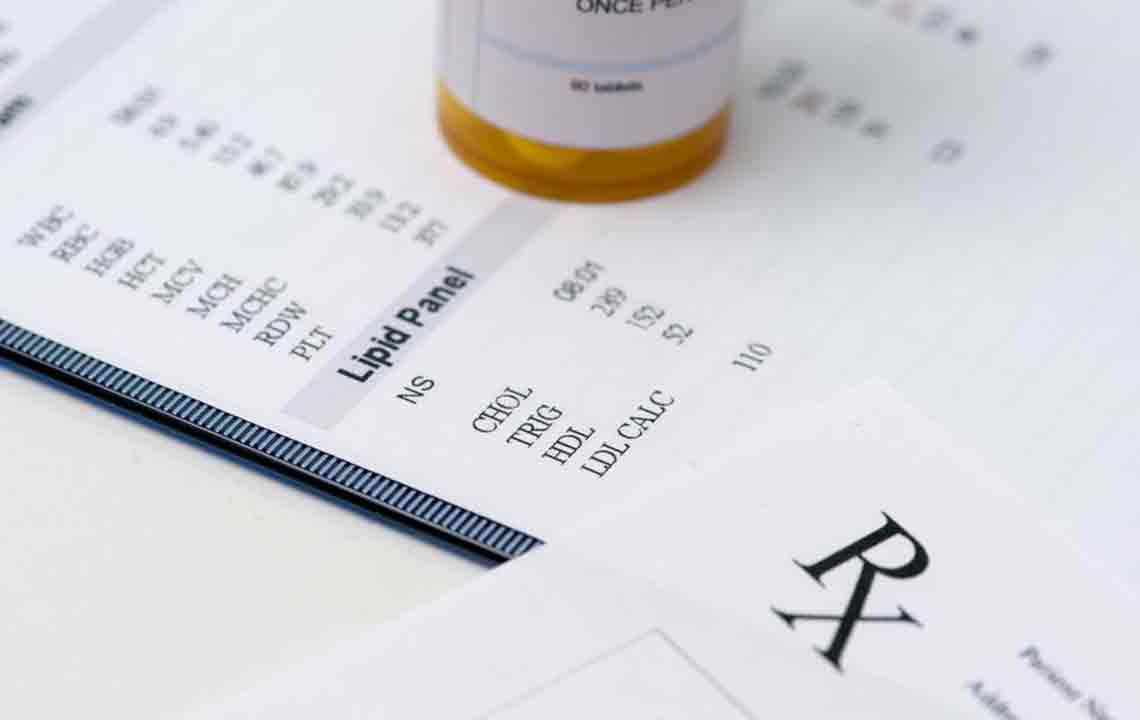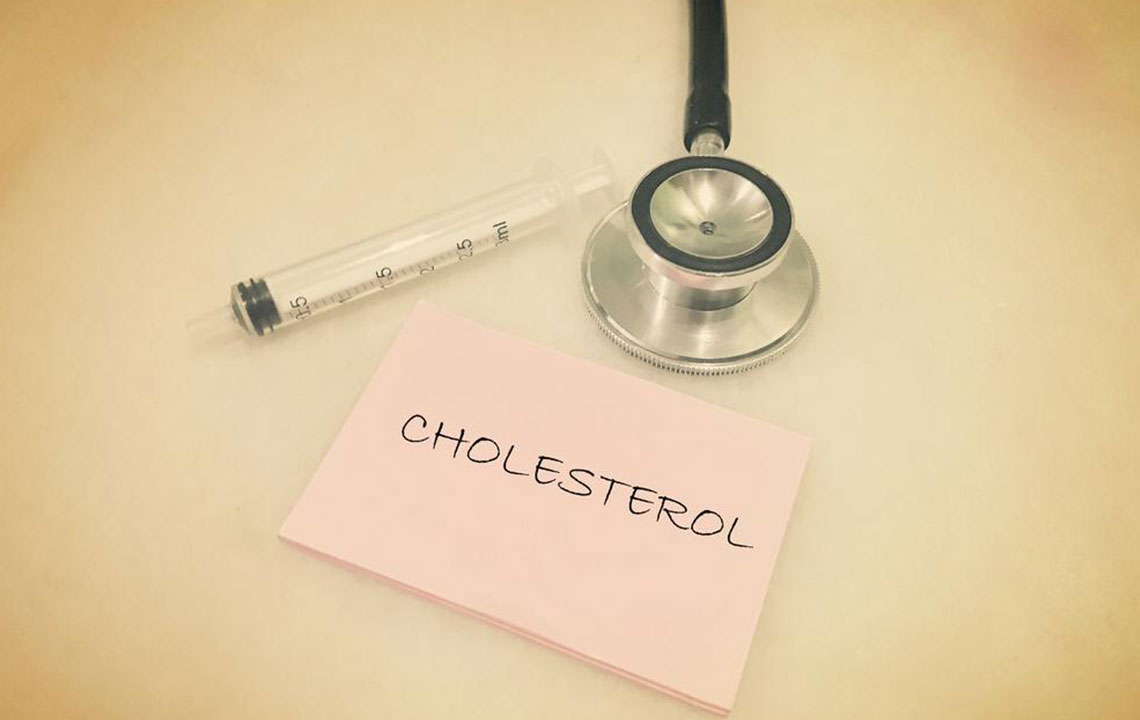Comprehensive Guide to Identifying and Managing Elevated LDL Cholesterol Levels for Better Heart Health
High LDL cholesterol significantly increases the risk of heart disease. This comprehensive guide explores causes, symptoms, and management strategies to help maintain optimal cholesterol levels and ensure cardiovascular health. Learn how lifestyle choices impact your heart health and preventative measures to stay proactive.

Comprehensive Guide to Identifying and Managing Elevated LDL Cholesterol Levels for Better Heart Health
High levels of low-density lipoprotein (LDL) cholesterol, often termed as "bad cholesterol," pose significant health risks, especially related to cardiovascular diseases. Elevated LDL cholesterol can lead to plaque buildup in the arteries, resulting in narrowing and hardening of blood vessels that supply vital organs like the heart. This process significantly increases the likelihood of heart attacks, strokes, and other life-threatening conditions. Therefore, understanding the causes, recognizing potential symptoms, and adopting effective management strategies are crucial steps toward maintaining optimal heart health.
Cholesterol is a waxy, fat-like substance that our bodies need in small amounts for essential functions such as hormone production and cell membrane formation. However, when levels become too high, particularly of LDL cholesterol, it becomes problematic. The body naturally produces cholesterol, and it is also ingested through various foods. The balance between good and bad cholesterol is critical; high LDL levels can overshadow the beneficial effects of high HDL (high-density lipoprotein) cholesterol, which helps remove excess cholesterol from the bloodstream.
Understanding what causes increased LDL cholesterol levels helps in adopting effective preventive and corrective measures. Several lifestyle and physiological factors influence cholesterol levels, including diet, physical activity, weight, smoking, and underlying health conditions. It’s essential to identify these factors early to prevent long-term health issues.
Factors Contributing to Elevated LDL Cholesterol
1. Unhealthy Diet: Consuming foods high in saturated fats found in red meats, full-fat dairy products, and trans fats found in processed snacks and fried foods can lead to increased LDL levels. Such foods promote the liver's production of LDL cholesterol, which then circulates in the bloodstream.
2. Obesity and Excess Body Fat: Excess weight, particularly around the abdomen, is strongly linked to higher LDL cholesterol. Obesity causes the liver to produce more cholesterol and impairs the body's ability to clear LDL from the blood, compounding the risk of cardiovascular issues.
3. Sedentary Lifestyle: Lack of regular physical activity reduces HDL levels and increases LDL cholesterol. Regular exercise helps boost HDL levels and promotes the clearance of LDL, thereby reducing overall risk.
4. Smoking and Tobacco Use: Smoking damages the lining of blood vessels, making them more prone to plaque accumulation. The toxins in cigarettes also lower HDL cholesterol and increase LDL levels, accelerating the process of atherosclerosis.
5. Diabetes and High Blood Sugar: Elevated blood sugar levels are associated with increased LDL cholesterol levels. Diabetes accelerates the process of plaque buildup in arteries, heightening cardiovascular risk.
Symptoms and Diagnosis
Most individuals with high LDL cholesterol remain asymptomatic for years. Often, high cholesterol is detected only through blood tests, emphasizing the importance of routine health checkups. However, some might experience symptoms related to advanced atherosclerosis, such as chest pain (angina), shortness of breath, or symptoms indicative of a heart attack or stroke.
To definitively diagnose high LDL cholesterol, a lipid profile blood test is necessary. Normal LDL levels are typically below 130 mg/dL for healthy individuals, but levels over 160 mg/dL are considered high, and levels exceeding 240 mg/dL are classified as very high, significantly elevating health risks.
Preventive Measures and Management Strategies
Adopting a heart-healthy lifestyle is the cornerstone of managing high LDL levels. This includes eating a balanced diet rich in fruits, vegetables, whole grains, lean proteins, and healthy fats like omega-3 fatty acids. Reducing intake of saturated and trans fats, limiting processed foods, and avoiding fried items can significantly improve cholesterol profiles.
Regular physical activity, such as brisk walking, swimming, or cycling for at least 150 minutes per week, helps raise HDL and lower LDL levels. Weight management through a combination of exercise and dietary adjustments also plays a vital role.
Quitting smoking and avoiding tobacco products can substantially improve vascular health and reduce LDL cholesterol. For individuals with diabetes or other underlying health conditions, controlling blood sugar levels through medication, diet, and lifestyle modifications is crucial.
In some cases, healthcare providers prescribe medications such as statins to effectively lower LDL cholesterol levels when lifestyle changes alone are insufficient. Regular checkups and blood lipid monitoring ensure that treatment goals are achieved and maintained.
Conclusion
Understanding the causes and symptoms of elevated LDL cholesterol levels is essential for preventing serious cardiovascular complications. By making informed choices about diet, exercise, and lifestyle habits, individuals can effectively manage their cholesterol levels and promote overall heart health. Routine screenings and consultations with healthcare professionals are vital to detect and address high cholesterol early, paving the way for a healthier future.





